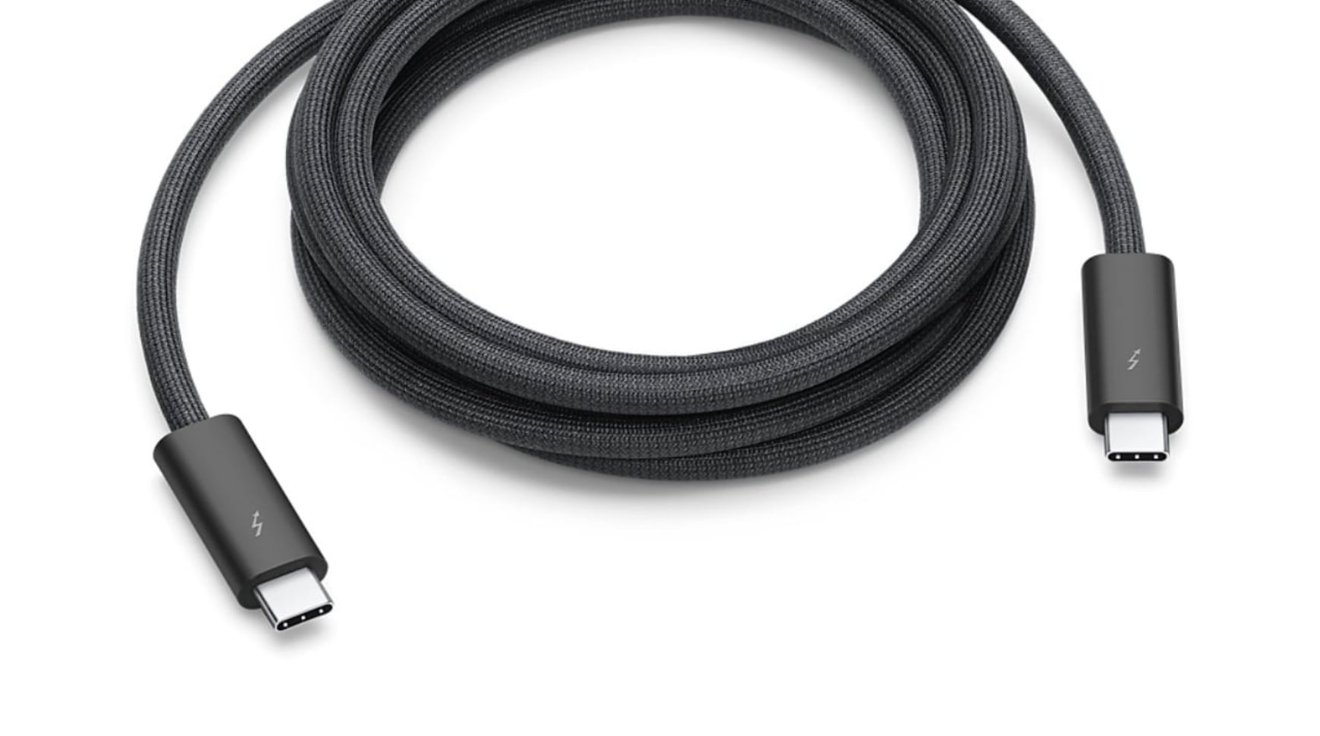
Researchers are working on a cabling system that could provide data transfer speeds several times faster than existing USB connections using an extremely thin polymer cable, in a system that echoes Thunderbolt’s design path.
Presented at the IEEE International Solid State Circuit Conference in February, the research aims to develop a type of connection that offers much better connectivity than current methods. In part, it aims to achieve this by replacing copper wiring with something else.
Copper is typically used for cables such as USB and HDMI to handle data transfers, but it requires a lot of power to operate with high levels of data transmission. “There’s a fundamental trade-off between the amount of energy burned and the rate of information exchange,” said Jack Holloway, an alumnus and lead author at MIT.
While “increasingly bulky and expensive” copper could be replaced by fiber optic cables, this introduces its own problems. Because silicon chips have difficulty processing photons, this makes the interconnection between the cable and computers more difficult to optimize.
According to Holloway, “there are all sorts of expensive and complex integration schemes, but from an economic perspective it’s not a great solution,” which led developers to create their own version.
Combining the advantages of copper and fiber optic ducts, the researchers use a plastic polymer. This makes manufacturing cheaper than copper cables, which could be an attractive proposition for cable producers.
The polymer can also use sub-terahertz electromagnetic signals, which are more energy efficient than copper with high data loads. This efficiency is believed to bring it closer to that of fiber optic systems, but fundamentally with better compatibility with silicon chips.
Low-cost chips attach to the polymer conduit which can generate high-frequency signals powerful enough to be transmitted directly to the conduit. As such, the system is expected to be manufactured using standard methods, which also makes it cost-effective.
The cables can also be extremely thin, with the cross-sectional area of the interconnection measuring 0.4 millimeters per quarter of a millimeter, smaller than typical copper variants.
This small hair-like cable can be used to carry data through three different parallel channels, allowing it to achieve a total bandwidth of 105 gigabits per second. Grouping ducts together could bring the cables to the terabit range per second, although it is kept at a reasonable cost.
Echoes of Thunderbolt
The system, which uses chips at each end of a cable, uses a concept relatively similar to Thunderbolt cables, although a different conduit is used. In each case, the chips inside the cable are used to manage the data that is entered into the cable at one end and at the other, while managing the interface with the conduit itself.
It seems plausible that this system could be used for a future Thunderbolt-style connection, allowing it to go far beyond the current 40 Gbps upper limit.
Another connection with Thunderbolt is its research funding. While Thunderbolt was developed by Intel and Apple, the nameless polymer research was also funded by Intel, along with Raytheon, the Naval Research Laboratory, and the Naval Research Office.